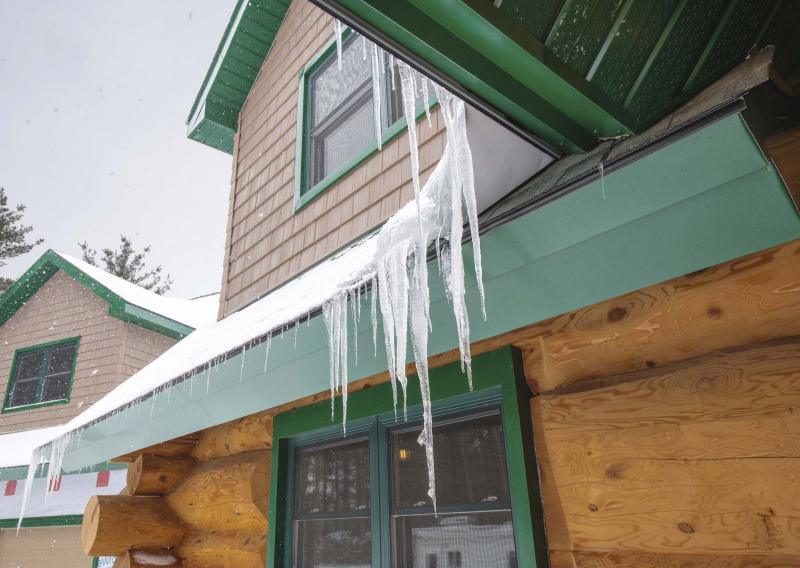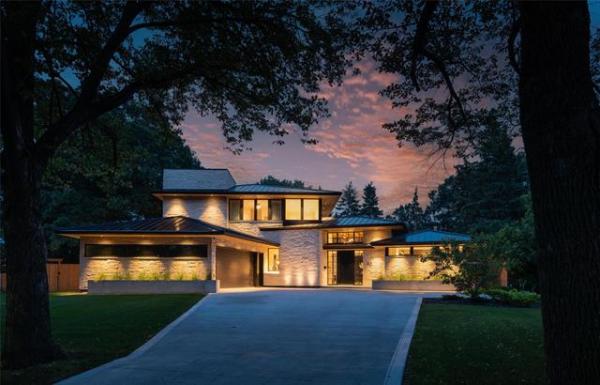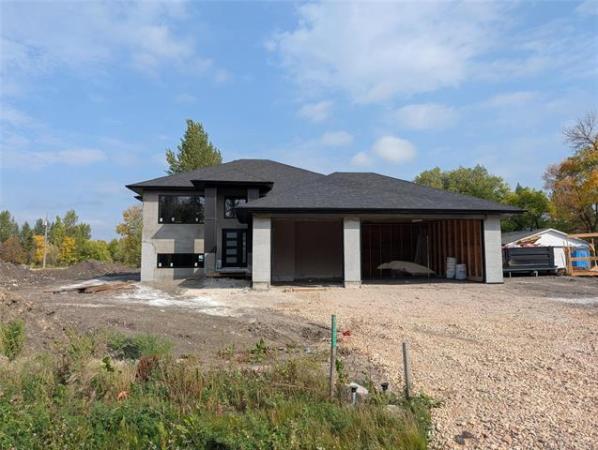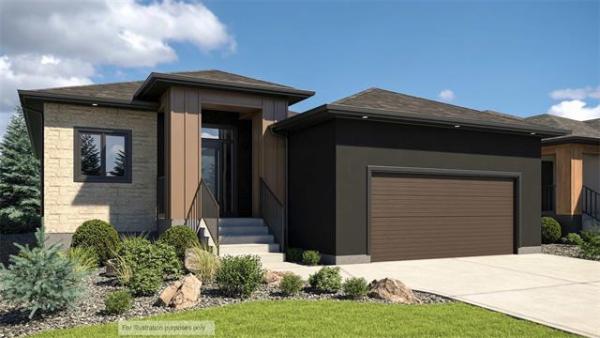Question: About 10 years ago, I had R50 insulation blown into my attic, thanks to a Manitoba Hydro incentive program that made it attractive and affordable. My house is an old one, with two-by-four roof rafters. I’d always had trouble with the eaves on the south side of the house overflowing after snowfalls, because heat escapes through the roof and melts the snow, creating a dangerously icy sidewalk and hazardous icicles, just waiting to fall on unsuspecting victims. I was assured this problem would be solved by packing the insulating material into the approximately five-foot-long area that was causing the problems in my upper storey. This slope previously had no insulation. Unfortunately, since they packed insulation into that space, the melting problem has become worse. It’s as though heat is conducted through the ceiling and insulation directly to the shingles. Naturally, this fly-by-night company folded within a year — what a surprise!
Is there any way to stop this aggravating melting without taking off the roof and doing something drastic to keep the attic cold in winter? I heard from a friend that there may be some concoction that can be applied to sidewalks to prevent ice from forming. Sounds iffy to me, but maybe you know better. Keep in mind, I’m planning to sell next year, and want to minimize expenditures. That being said, I live in a very desirable neighbourhood and have no problem with selling "as-is," and disclosing all current and potential problems. As they say, it’s all about location, location, location.
Thanks for your help.
— Bob Brandson
Answer: Older homes of your style often have problems with ice damming, which can make it treacherous on sidewalks below the eaves. While some measures to remove the ice or roof snow may be somewhat successful, the true repair lies within the roof system itself.
Finding a method to treat or melt the ice on the sidewalk below your house eaves or minimize the icicles may be possible, but that would only be treating a symptom of the problem, not the root cause. You are correct that the ice dams are primarily caused by improper or poor insulation in the sloped areas of your roof. Heat can easily transfer from the warm rooms on the upper floor to the underside of the roofing, causing snow on the roof to melt. The runoff from this will then freeze again as it hits the cooler eaves, especially after the sun goes down. This occurrence, day after day, will cause the ice to build up significantly at the eaves. Large, dangerous icicles will form, dangling from the frozen eavestroughs, which can also drip onto the sidewalk below during the day.
Knocking off large icicles may provide some relief from the slippery walkway, but that can also be a dangerous proposition, depending on how easy they are to reach. Another exterior solution is to buy a snow rake and regularly remove the snow from the roof after it accumulates. This is a somewhat better approach, because it removes the raw material for the ice dams — the melted snow. If done diligently, this could help minimize the aforementioned hazards to a relatively safe level. If this is too difficult or dangerous for you to handle yourself, there are several local companies that can be hired to do it for you. Make sure they are properly insured and follow government-approved safety measures to prevent safety hazards from catastrophic falls. Fall-protection harnesses, ladder ties, hard hats and other safety gear should be employed by anyone removing snow or ice from your roof. Also, use of ice-melting compounds on the sidewalk may safely remove accumulations not eliminated by the snow removal. Several types are on the market, some using compounds made from beets or other organic materials, which do less harm to your concrete and vegetation than salt.
Despite any efforts you make to remove the ice and snow, the real solution to stopping ice damming is to improve the insulation and air sealing of your roof structure. I have heard numerous stories like yours, where additional insulation has not improved, and even increased, ice-dam issues. We will leave the detailed explanation for another time, but, in a nutshell, too much warm air is entering the sloped ceiling areas, warming the roofing and melting the snow. This is likely compounded by thermal bridging through the wooden roof structure itself, which will not be eliminated at all by added insulation.
Without removal of the roofing and sheathing from the exterior, there may be a couple of ways to minimize the problem from the inside. Depending on the ceiling materials under the sloped roof sections mentioned, it may be possible to improve air sealing and thermal resistance on the inside of the home. This can be done in one of two ways. The first is to remove the ceiling coverings on the sloped areas, and the added insulation. Once these cavities are open, filling them with blown-in high-density polyurethane foam should make a huge reduction in the dams. Alternatively, leaving the ceilings in place and adding a couple of layers of extruded polystyrene sheets to the underside, while properly sealing any joints, should also make a noticeable difference. In a perfect world, combining both of these methods would be the most desirable method. Beware, the added layers of foam on the ceiling may make the rooms too low for proper use, so the second method may not be a valid option.
Diligent removal of excessive roof snow, combined with use of environmentally sensitive ice-melting compounds, may minimize the danger on your sidewalks. But the true remediation lies in improving the insulation and air sealing in the problem areas of your roof system, to stop warm air and heat loss, which are causing the ice dams in the first place.
Ari Marantz is the owner of Trained Eye Home Inspection Ltd. and the past president of the Canadian Association of Home & Property Inspectors — Manitoba (cahpi.mb.ca). Questions can be emailed to the address below. Ari can be reached at 204-291-5358 or check out his website at trainedeye.ca.
trainedeye@iname.com




